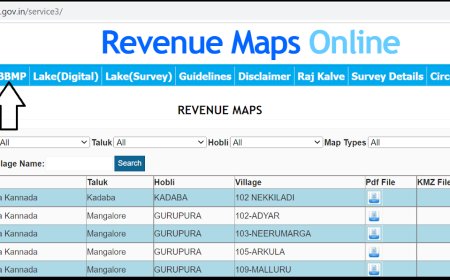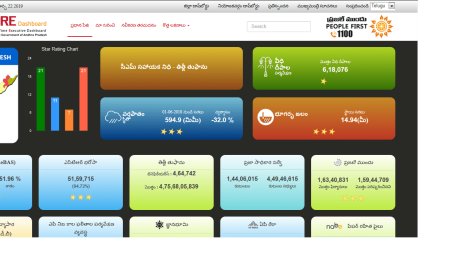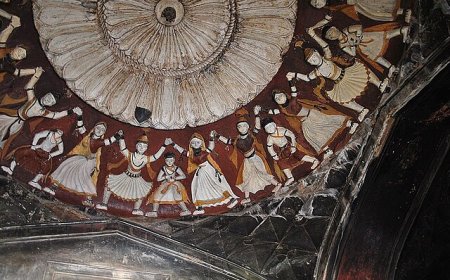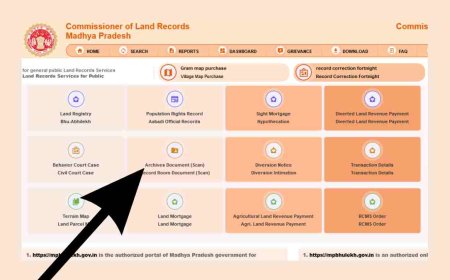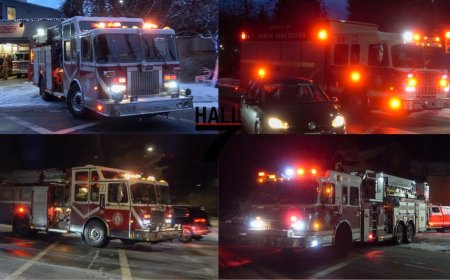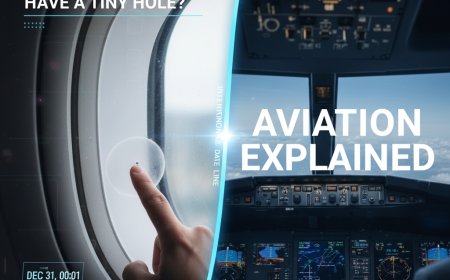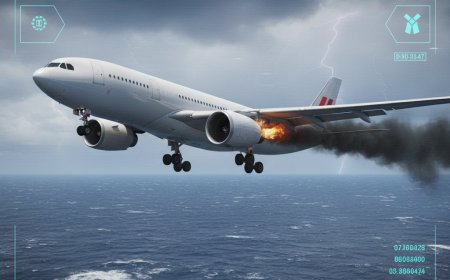Curiosity Blog: Navigating New Paths on Sols 4668-4674


Meet the Mars Science Laboratory Team
September 29, 2025
Authored by Alex Innanen, Atmospheric Scientist at York University
Earth planning date: Friday, September 26, 2025
As we navigate the intricate boxwork region, our journey takes us along winding ridges, perfectly sized for Curiosity. Our focus is on identifying the next drilling site within the hollows. Recently, our drive positioned us between two intriguing hollows, named “Laguna Escondida” and “Laguna Socompa.” While scouting for an ideal drilling location, we continue to employ our suite of instruments to study the boxwork formations.
This week, we targeted six areas atop the ridges for contact science, keeping MAHLI and APXS actively engaged. ChemCam and Mastcam have also been busy, capturing LIBS measurements and creating mosaics of nearby and distant targets. Our interest extends beyond imaging the hollows for drilling; we are also examining the ridge structures and distant boxwork formations and buttes.
On Monday, I led the environmental science theme group (ENV) as the science theme lead. We are nearing the conclusion of the cloudy season, which ends in just over a week. We are maximizing our cloud observations with a series of cloud movies, including suprahorizon and zenith films to study cloud properties overhead and near the horizon. Our survey captures how sky and cloud brightness varies, using nine cloud movies around the rover. Additionally, we observe cloud altitude by analyzing shadows cast by clouds. As the cloudy season wanes, the presence of water-ice clouds above Gale Crater diminishes, prompting us to pause the longer observations until next year, while continuing to monitor with zenith and suprahorizon movies.
The end of the cloudy season heralds the onset of the dusty season, characterized by increased atmospheric dust and a hazier view of the crater rim. We track this with regular line-of-sight and tau observations. Dust-lifting activities, such as dust devils, become more frequent, and we monitor them with 360-degree surveys and dedicated films. The dynamic atmosphere ensures that ENV remains actively engaged.
Share
Details
Explore Further
Continue Your Journey
Discover More Topics From NASA
What's Your Reaction?
 Like
0
Like
0
 Dislike
0
Dislike
0
 Love
0
Love
0
 Funny
0
Funny
0
 Angry
0
Angry
0
 Sad
0
Sad
0
 Wow
0
Wow
0





